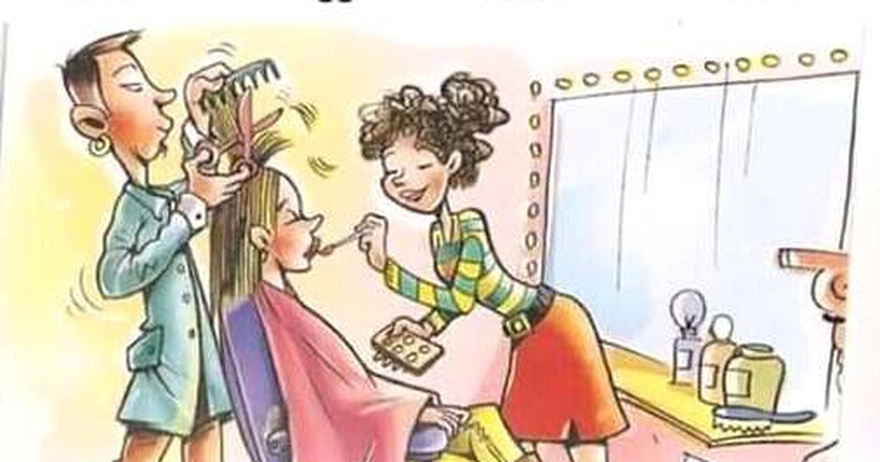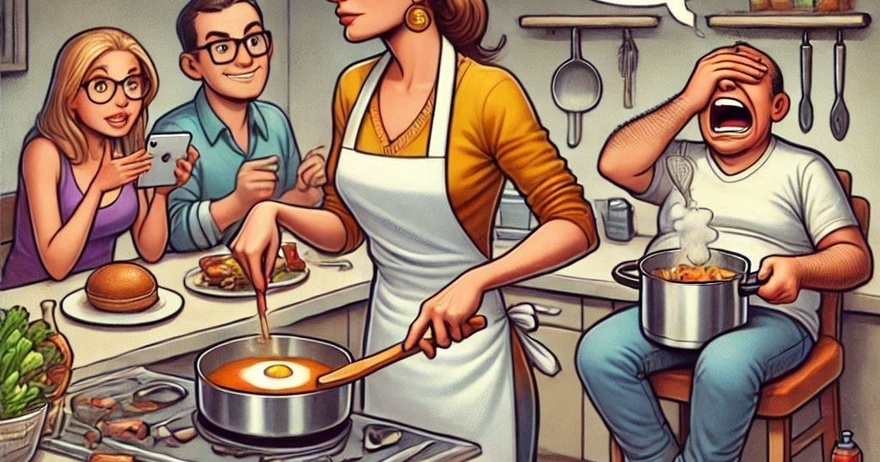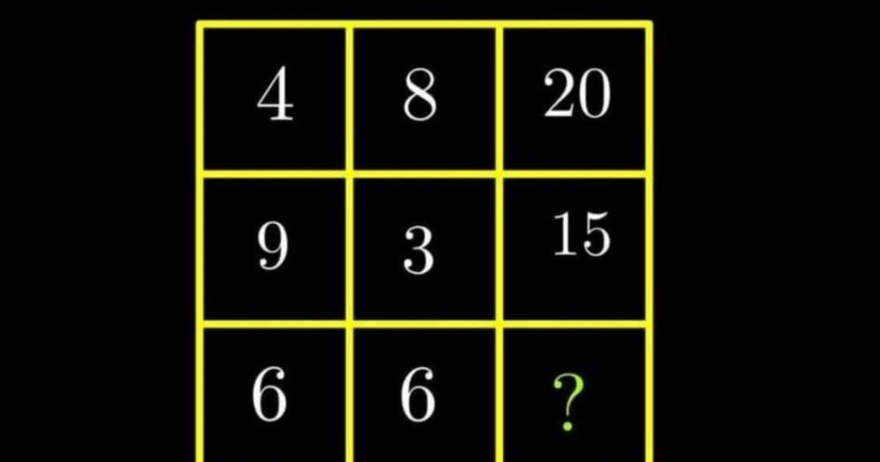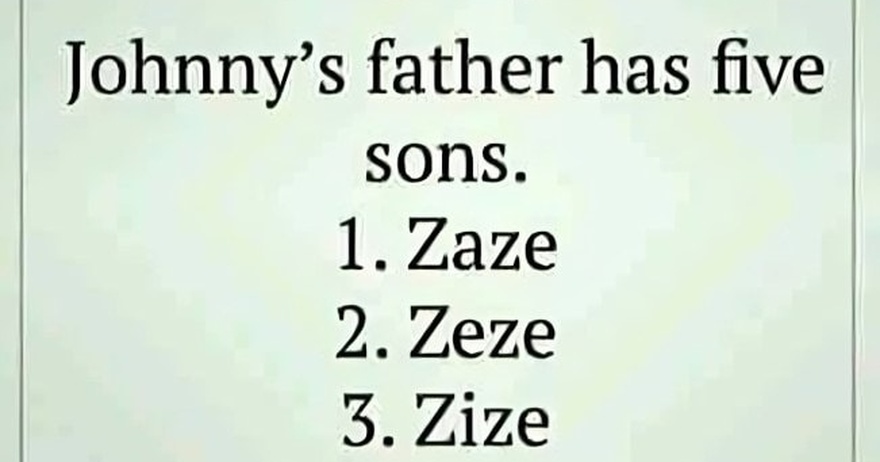Puzzles and riddles have long been a way to challenge our minds, testing our creativity, problem-solving skills, and patience. Today, we’re diving into a classic riddle that seems simple on the surface but can stump even the most logical thinkers. Here’s the riddle:
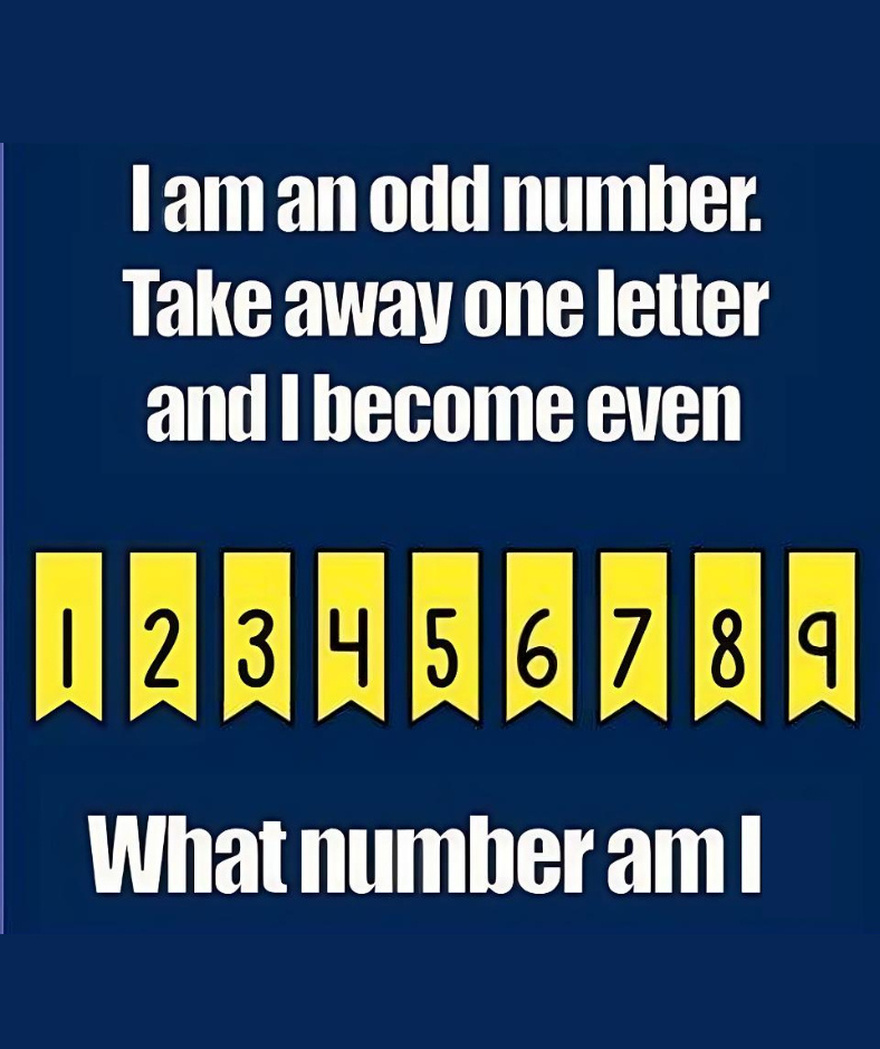
At first glance, it sounds straightforward, but the twist lies in the details. Let’s break it down together to uncover the answer. Take a moment to guess, and see if you can solve this cleverly crafted puzzle before scrolling down to the explanation!
Why This Riddle is Trickier Than It Seems
Riddles like this one are designed to catch us off guard, often playing on language or logic to lead us down the wrong path. When we hear “odd number,” we think of numbers like 1, 3, 5, and so on. However, this puzzle isn’t about mathematics alone—it uses a clever wordplay that can trip us up if we’re not careful.
Here are some common mistakes people make when trying to solve this riddle:
Over-focusing on Math: We instinctively think about odd numbers in a mathematical sense and try to manipulate them to find an even result.
Ignoring Wordplay: Since the riddle says “take away one letter,” it hints that the answer may involve letters, not numbers alone.
Forgetting Language Clues: This riddle relies on linguistic tricks rather than numbers, so solving it requires thinking creatively.
With these traps in mind, let’s move to the next step and see how to approach this puzzle differently.
Step-by-Step Breakdown to Find the Solution
Now that we know what not to do, let’s take a closer look at the riddle itself, keeping in mind that we’re likely dealing with wordplay rather than pure arithmetic.
Step 1: Identify the Odd Numbers
The riddle tells us to start with an odd number. Odd numbers include 1, 3, 5, 7, and so on. But rather than looking at these numbers mathematically, we’ll focus on the words that represent them.
Step 2: Look at the Spelling of Each Odd Number
Since we’re told to “take away one letter,” let’s examine the spelling of each odd number and see if removing one letter results in something meaningful. Here’s a breakdown of a few odd numbers and their word forms:
One: Taking away any letter doesn’t get us to “even.”
Three: Removing a letter here still doesn’t create “even.”
Five: This also doesn’t work, as removing one letter doesn’t make it an even word.
Seven: Now we’re getting somewhere! If we remove the letter “s” from “seven,” we’re left with “even.”
This is the key! By removing the “s” from “seven,” we’re left with the word “even.” This clever twist relies on the spelling of the word rather than the number itself, and it’s the answer we’ve been looking for.
Step 3: Confirm the Answer
To make sure we’ve solved the riddle correctly, let’s review both parts:
“I am an odd number”: Seven is indeed an odd number.
“Take away one letter, and I become even”: Removing the “s” from “seven” leaves us with “even.”
Our solution is correct—the answer to the riddle is seven.
Why Wordplay Riddles Challenge Our Thinking
This riddle reminds us that small details matter, especially in wordplay. Our first instinct might be to look for mathematical logic, but in this case, the solution was hidden in the spelling. Riddles like these are designed to challenge our assumptions and push us to think beyond the obvious, using language rather than numbers alone.
Common Pitfalls and How to Avoid Them in Similar Riddles
When approaching wordplay riddles, it’s helpful to remember:
Stay Flexible: Sometimes, focusing too rigidly on one type of solution (like math) can prevent us from seeing the real answer.
Think Outside the Box: Consider the possibility of a linguistic twist; many riddles use homophones, puns, or word rearrangement.
Break Down the Clues: Analyzing each part of the riddle can prevent you from missing vital hints hidden in the wording.
How to Use Riddles for Fun and Mental Exercise
Solving riddles like this one isn’t just entertaining; it’s also a fantastic way to enhance cognitive abilities. Word riddles in particular can improve problem-solving skills, memory, and creativity. They encourage us to slow down, consider alternative approaches, and embrace flexible thinking—skills that are invaluable in daily life.
So next time you’re faced with a tricky puzzle, remember to pause, step back, and approach it with a sense of curiosity and an open mind. Riddles have the power to stretch our brains in ways that are both fun and enriching.
Now It’s Your Turn!
Did you guess the answer before reading the explanation? If so, congratulations on cracking this clever riddle! If not, don’t worry—this puzzle trips up a lot of people. Now that you know how it works, why not share it with friends or family to see if they can figure it out? Leave your thoughts in the comments—did you find “seven” on your own, or did you have a different answer in mind?
Conclusion: The Beauty of Wordplay in Riddles
Riddles like “I am an odd number. Take away one letter and I become even” remind us of the joy of creative thinking and the fun of linguistic twists. These puzzles encourage us to embrace new perspectives, teaching us that sometimes the answer is hidden in plain sight. So, the next time you come across a riddle that seems impossible, remember this one and keep looking at it from different angles—you never know when the answer might surprise you.
Happy puzzling, and keep challenging your mind with more riddles!

